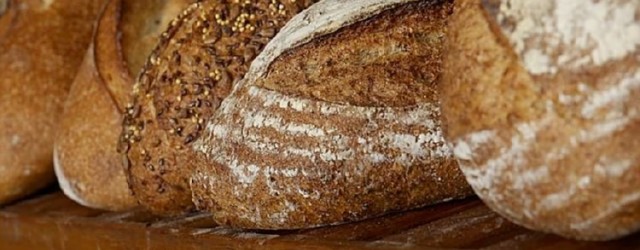
Our business is at the mercy of the weather. Over the centuries, bakers around the world have worked to develop their goods, not only with locally available ingredients, but in their own individual climates. For example, crispier breads tend to come from dryer areas. Think puffed crispy Northern Indian naan and roti, and the famed Parisian baguettes. Whereas softer breads tend to originate in warmer humid areas. Imagine Cuban breads, soft yeast rolls in the Southern US, and moist fruity Caribbean quick breads.
The fantastic diversity of our country has given us access to these global bread traditions. But, from the baker’s perspective, it’s not always that easy to replicate the recipes. Despite our access to the finest European ingredients, we can’t import weather from the Ile de France. We’re left to rely on technology to fill the climate gap.
At Olde Hearth, we go to great lengths to control our prep and baking environment, from precisely dialed water temperatures to a 68º humidity controlled pastry room. All of our ovens have controls regulating humidity during the baking process to achieve the perfect balance of crispy crust and soft interior. Unfortunately, as soon as the bread leaves the bakery, it’s at the mercy of Mother Nature. Here in soggy central Florida, mid-April through September, she is especially unkind. Within hours of leaving our doors, the heat and humidity begins to take a toll on the artisan breads we’ve worked so had to prepare.
There is good news, though. Once the bread has reached its destination, hopefully your home or favorite restaurant’s kitchen, it can be saved. The first thing to remember is that fresh baked artisan bread is highly perishable. It’s crucial to either use or freeze it the same day it was baked and purchased. If you decide to freeze our breads for later use, wrap them tightly in two layers of plastic wrap or double zip-top bags. They will keep in the freezer for about two weeks. When you’re ready to enjoy, simply remove the bread from the freezer and allow it to stand on the counter, still wrapped, for a couple of hours until thawed.
If your bread has lost its crust, fresh or previously frozen, it simply needs to refresh in the oven. Just unwrap the bread and place it directly onto the rack of a preheated 350º oven for 5-7 minutes. You’re back in action. Although it may be an extra step, it’s certainly worth it to enjoy crusty artisan breads year round – even during hurricane season.
